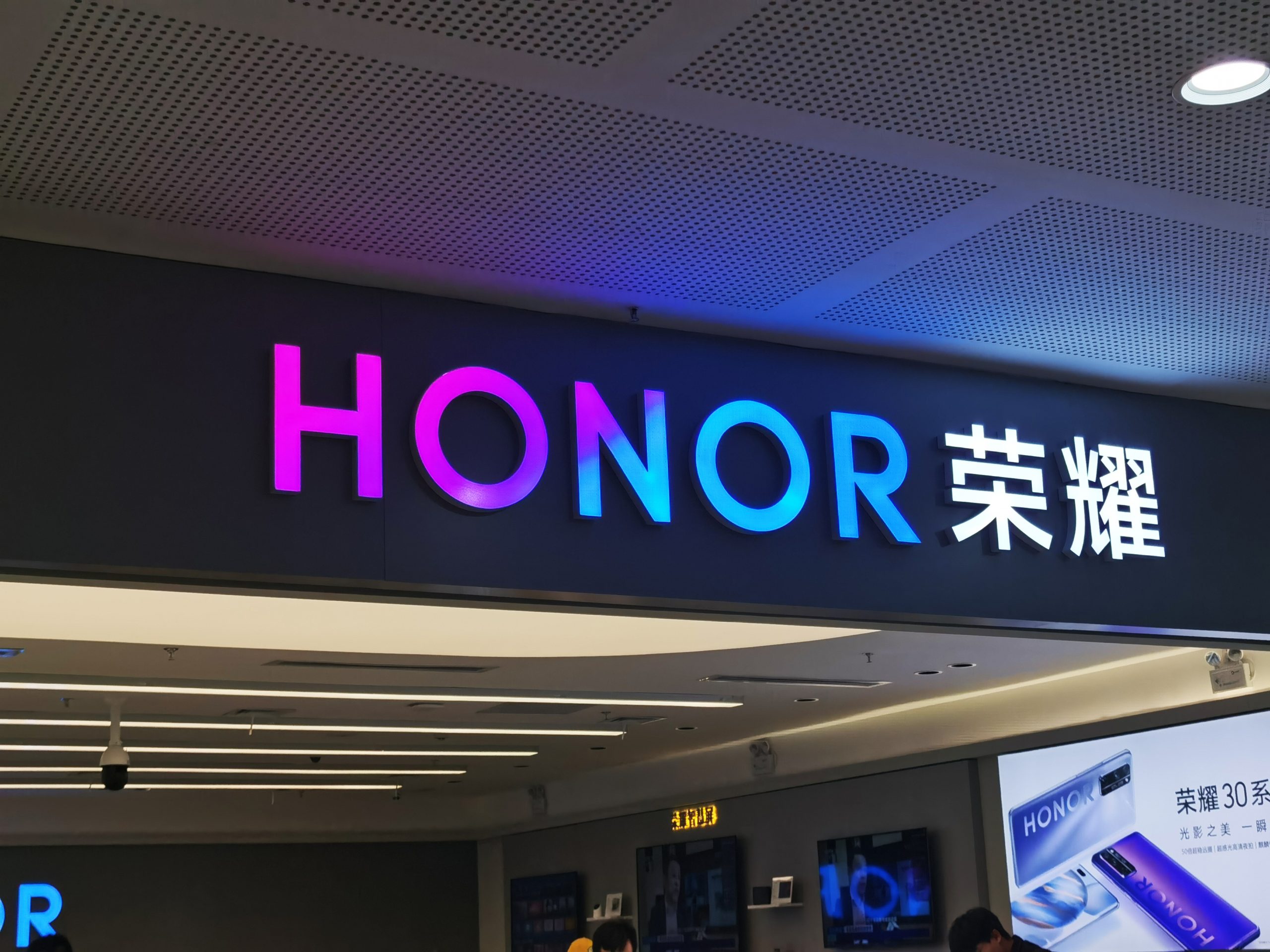China’s leading smartphone maker, Honor, is venturing into 20 overseas markets in Europe, the Middle East, Latin America, and Southeast Asia, marking an ambitious comeback attempt for the former Huawei unit after it spent more than a year focusing solely on the domestic market.
Honor CEO George Zhao outlined his company’s plans in an exclusive interview with Nikkei Asia.
“Basically, after last year, all of our overseas market shares were down to nearly zero. Now it is time for us to start over from scratch,” Zhao said. “But that also means our market share and market opportunities will be in expansion mode for the next couple of years. We are officially coming back to this massive [global] smartphone market of over 1 billion units a year.”
Zhao said Honor has pinpointed 20 markets to begin with, and a launch event for its premium lineup in the U.K. on Thursday will symbolize the company’s return to global markets. The U.K., France, Italy, Germany, Spain, and the Czech Republic will be the company’s main focus in Europe, he said.
Zhao also laid out an ambitious timeline for Honor’s expansion abroad. “It would be reasonable to estimate that shipments in overseas markets will exceed the volume in China after five years.”
Honor has regained and even expanded its market share in China after it was spun off from Huawei Technologies in late 2020. Its workforce has grown to 12,000 employees, with more than 50% dedicated to research and development, from 8,000 as of the end of 2020. Honor, formerly the budget brand of Huawei, was spun off to shield it from U.S. sanctions that have restricted the parent from accessing key U.S. technologies.
In the first quarter of 2022, it secured the No. 1 position in China, with a 20% market share, up from 5% in the same period a year ago, according to market research specialist Canalys. Honor was one of only two of the top-five handset makers in China to grow on the year in the period, and its 205% increase far outpaced Apple’s 17% rise. The overall market in China declined 18%.
Zhao was upbeat when asked if component shortages, geopolitical conflicts, and looming inflation would cloud Honor’s outlook for this year. “There is no such thing as a ‘bad year’ in the smartphone industry,” he said. “It’s still a massive market, even if the macroeconomic condition is weaker than expected and consumers tend to use the same smartphone for longer.”
The smartphone and PC industries are facing headwinds from the Russian invasion of Ukraine and COVID-19 lockdowns in China. Apple has trimmed orders for iPhones and AirPods, while several PC makers have lowered their production forecasts to suppliers, Nikkei Asia reported.
Honor attributed its quick comeback to its close collaboration with leading global suppliers, including Qualcomm and MediaTek in mobile processors, and cooperation with Microsoft and Google in software development. It has also worked closely with China’s display champion BOE Technology, Sony of Japan, and Taiwan’s Largan Precision, a leading mobile camera lens provider and key iPhone supplier.
“We are determined to embrace a global supply chain with partners from the U.S., Europe, Japan, South Korea, and Taiwan to collaboratively face market competition,” the CEO said. As an example, he said Honor will soon launch notebook computers that are powered by chips from Intel and Advanced Micro Devices and use Honor’s own operating system based on the infrastructure of Microsoft Windows.
Zhao said he expects exponential growth in the foldable smartphone market. Although folding phones hit the market in 2018, the CEO said this year will be the year that sales start to take off. Honor introduced its Magic V foldable phone earlier this year and plans to update its product line annually, he added.
Last year, global foldable phone shipments reached about 7.1 million units, up 264.3% on the year, with Samsung Electronics the dominant player, IDC data showed.
“I expect the shipments for the foldable smartphones segment will be five to ten times that number by around 2023,” Zhao said. “Every company is introducing their own foldable smartphones, except for Apple. It will gradually become a mainstream product rather than a niche product.”
Currently, 100% of Honor’s products are made in China, but Zhao said in the longer term, it will shift some capacity outside of China in accordance with the needs of overseas markets. To better control its supply chain and facilitate quicker integration with its research and development team, 10% to 15% of the company’s smartphones, especially its premium offerings, including the Magic V, are made in house at its factory in the Chinese city of Shenzhen, according to Honor.
Zhao said Honor has hired 1,000 employees so far this year and will continue to recruit domestically and internationally. It aims to expand its payroll from 13,000 to 14,000 by the end of this year.
Ivan Lam, an analyst with Counterpoint Research, said good execution and competitive products have helped Honor quickly regain its market share in China, but that it has also received a boost from Huawei’s original massive user base.
“Honor has rolled out competitive products, that’s one factor, and another is it has secured good engineering talent from Huawei. But don’t forget, there are many fans [in China] of Huawei, once the No. 2 smartphone maker globally before it lost access to key components,” Lam said. “Honor could still have a foundation of the original Huawei ecosystem despite becoming an independent company. The company also counts many distributors among its new investors. This has helped it expand its offline sales channels.
“However, for international markets, it may take a bit more time for Honor to really recoup market share at a time when the overall outlook is being impacted by geopolitical uncertainties and continuous inflation woes.”
This article first appeared on Nikkei Asia. It has been republished here as part of 36Kr’s ongoing partnership with Nikkei.

